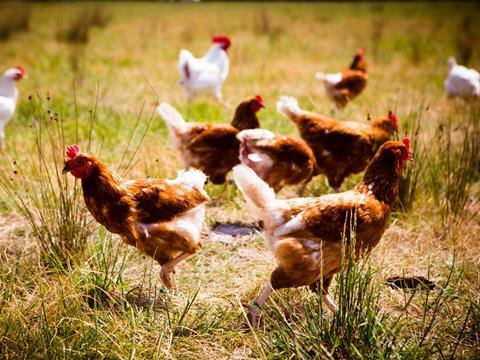
The UK poultry industry’s use of controversial fluoroquinolone antibiotics was more than 50% lower in 2015 than media reports have suggested, new data has revealed.
A Freedom of Information request by the Bureau of Investigative Journalism revealed BPC members had increased the use of fluoroquinolones by 59% from 710 kg in 2013 to 1,126 kg in 2014.
The drugs are banned for poultry in the US because their veterinary use has been linked to emerging antibiotic resistance in human campylobacter infections. The Alliance to Save Our Antibiotics branded the increase as “shocking” and called on the UK government to follow the US and ban the drug for poultry.
However, latest data on antibiotic usage in 2015 revealed BPC members cut fluoroquinolone usage in half again last year, bringing it back to roughly 2013 levels.
“The BPC and its members recognise the importance of fluoroquinolones for human medicine, and we reduced usage of this class of antibiotic significantly in 2014-15,” said a BPC spokeswoman.
The poultry industry also cut its overall antibiotic use by more than 25%, according to the BPC, which is set to publish the full figures tomorrow.
“The BPC has taken a leading role in reducing usage of antibiotics, with particular focus on those antibiotics considered to be of critical importance for human medicine,” said the spokeswoman. “The data for 2015 demonstrates our commitment.”
The BPC would continue to share full data on antibiotic use with the UK’s Veterinary Medicines Directorate, she added.
A recent study by the Royal Liverpool University Hospital found nearly 50% of campylobacter cases were resistant to fluoroquinolones, which are important for treating the bug.



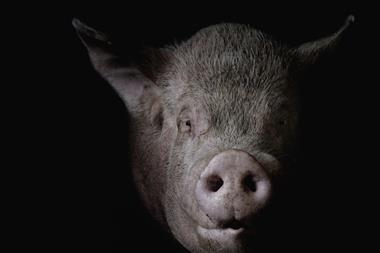
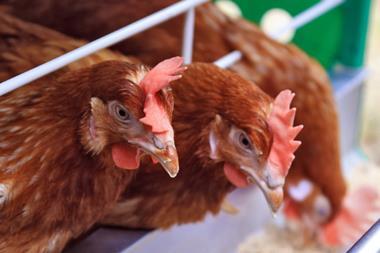
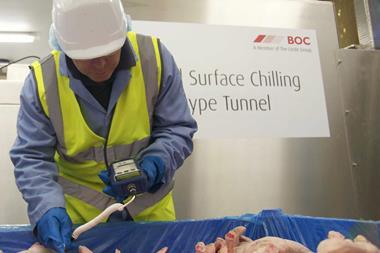
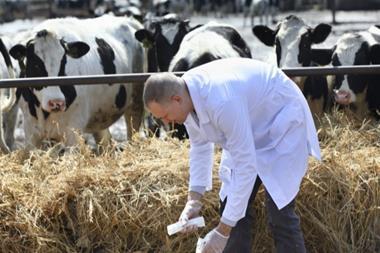



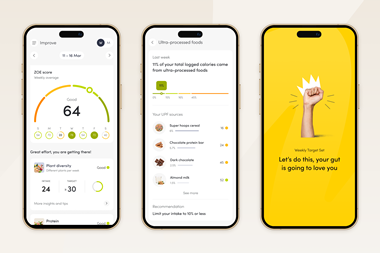



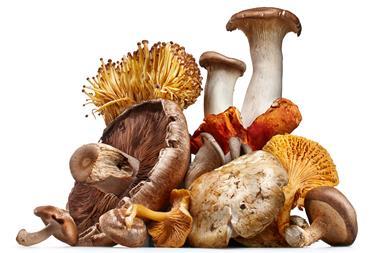
No comments yet